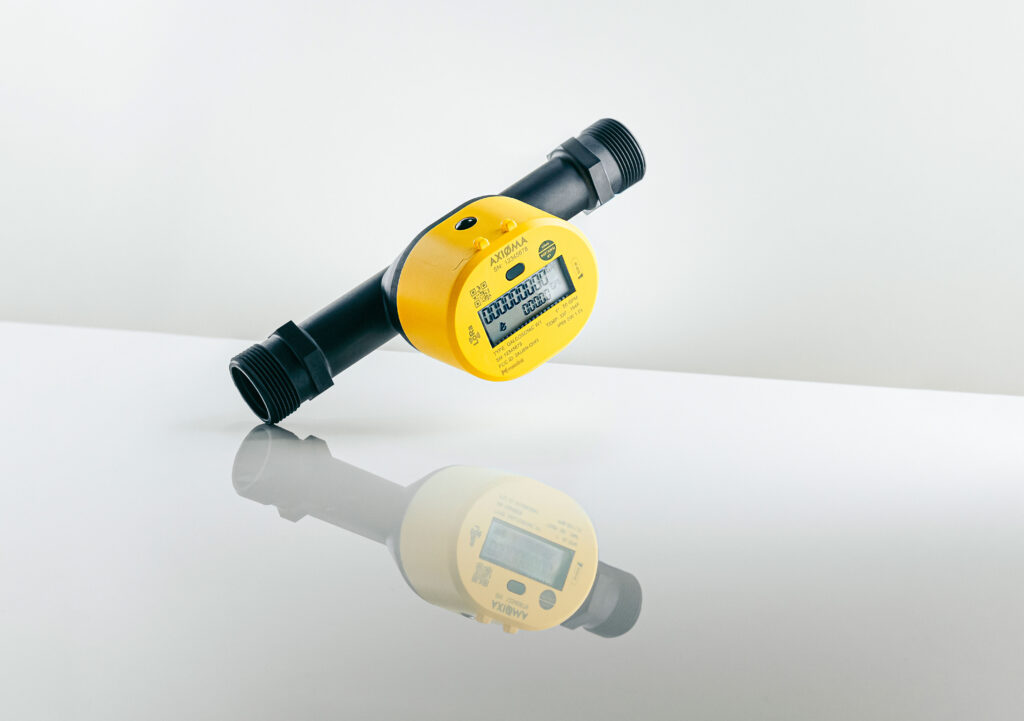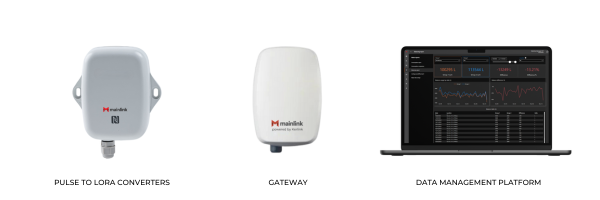4 Ways to Increase Capitalization Rate with Water Submetering for Multifamily Properties

Double Installation, Double Costs? The Quiet Death of Mechanical Water Meters
2024-06-26
Top 5 Essential Steps to Implement Water Submetering in Multi-family Properties
2024-08-16We understand that one of the critical metrics for property owners, landlords, and property managers in the multifamily real estate market is the Capitalization Rate (Cap Rate), which indicates the profitability and attractiveness of a multifamily property. How is Cap Rate calculated and how you can increase it with water submetering?
How to calculate the Cap Rate of your property?
The Cap Rate is a measure of return on investment, calculated by dividing the Net Operating Income (NOI) of a property by its current market value.
The formula for calculating a property’s cap rate is:
Cap Rate = Net Operating Income / Current Value
Where Net Operating Income (NOI) is calculated by formula:
NOI=Total Income – Operating Expenses
So, the Cap rate can be easily calculated like this:
Capitalization Rate = (Total Income – Operating Expenses) / Current Value
For example, if your property has a current value of $500,000, a total income (gross income) of $55,000, and operating expenses of $30,000, your Cap Rate is 5%, calculated by the formula: Cap Rate = ($55,000 – $30,000) / $500,000 = $25,000 / $500,000 = 0.05 or 5%
A higher Cap Rate generally indicates a more profitable investment. One effective strategy to increase the Cap Rate of multifamily properties is water submetering.
So how can water submetering enhance the value of multifamily properties?
1. Reduction in operating expenses
When utilities are included in the rent, tenants often have little incentive to conserve water. This can lead to higher utility bills that the property owner must absorb. By submetering utilities and billing tenants for their actual usage, owners can pass on these costs directly to tenants. This not only reduces the property’s overall operating expenses but also encourages tenants to be more mindful of their consumption, leading to lower utility costs overall.
2. Higher property valuation
A direct consequence of reduced operating expenses is an increase in the NOI. An increase in NOI and a higher Cap Rate contribute to a higher overall property valuation. Investors are often willing to pay a premium for properties with strong financial performance. By implementing water submetering, property owners can demonstrate a more efficient and profitable operation, which can drive up the property’s market value. This not only makes it easier to sell the property at a higher price but also allows owners to leverage their equity for additional investments or improvements.
3. Improved tenant relations
While it might seem counterintuitive, water submetering can improve tenant relations. Tenants appreciate transparency and fairness, and water submetering provides both. When tenants pay for their actual utility usage, they have more control over their expenses and are not subsidizing their neighbors’ consumption. This can lead to higher tenant satisfaction and lower turnover rates, which further contributes to the property’s financial stability and attractiveness.
4. Compliance with environmental regulations
Many states and municipalities are increasingly implementing regulations aimed at reducing environmental impact and promoting sustainability. Submetering aligns with these goals by encouraging resource conservation among tenants. Properties that are proactive in adopting environmentally friendly practices can benefit from incentives, grants, and a positive reputation. This eco-friendly approach can also attract environmentally conscious tenants, further stabilizing occupancy rates.
When to submeter your property?
There are several optimal times to submeter your property:
1. During the construction stage
When an apartment complex is under construction, the construction company can install water submeters. Your responsibility is to work with the construction company to choose the best water meters that would last long and require minimal maintenance, such as ultrasonic water meters. Once installed, these meters become a valuable asset, allowing property owners to collect almost real-time data remotely about consumption in each tenant’s unit and detect any abnormalities caused by water leakages.
2. In an already built and occupied apartment complex
If you have an existing building with only a master meter, you can install water submeters in the occupied units. The process in short looks like this:
- Initial inspection: A professional submetering company conducts an initial inspection to assess feasibility.
- Customized plan: Based on the assessment, the company develops a plan detailing the number and type of water submeters needed, their placement, and any required modifications.
- Installation: For water submetering, plumbers install individual water meters on each unit’s water line, possibly requiring access to plumbing in crawl spaces or basements.
- Integration: Water submeters are integrated into a centralized data management system, enabling remote monitoring and billing.
3. Upgrading outdated mechanical submeters
If you have already installed mechanical water meters and are dissatisfied with their performance, you can upgrade your system seamlessly. There are two options:
- Replace with ultrasonic water meters: Switch from mechanical to advanced ultrasonic meters.

- Retrofitting: Install converters next to the existing mechanical meters, using a gateway and data management platform to eliminate manual data collection.

In any of these cases, water submetering experts like us can help guide you through the whole process.
Conclusion
For property owners, landlords, and property managers looking to maximize their investment and appeal to discerning investors, water submetering is a strategy worth serious consideration.
Water submetering is a powerful tool for increasing the Cap Rate of multifamily properties by reducing operating expenses, increasing NOI, and enhancing property value also promoting fair utility billing, improving tenant satisfaction, and aligning with environmental sustainability regulations. Reach out to us if you need any assistance with your water submetering project.

